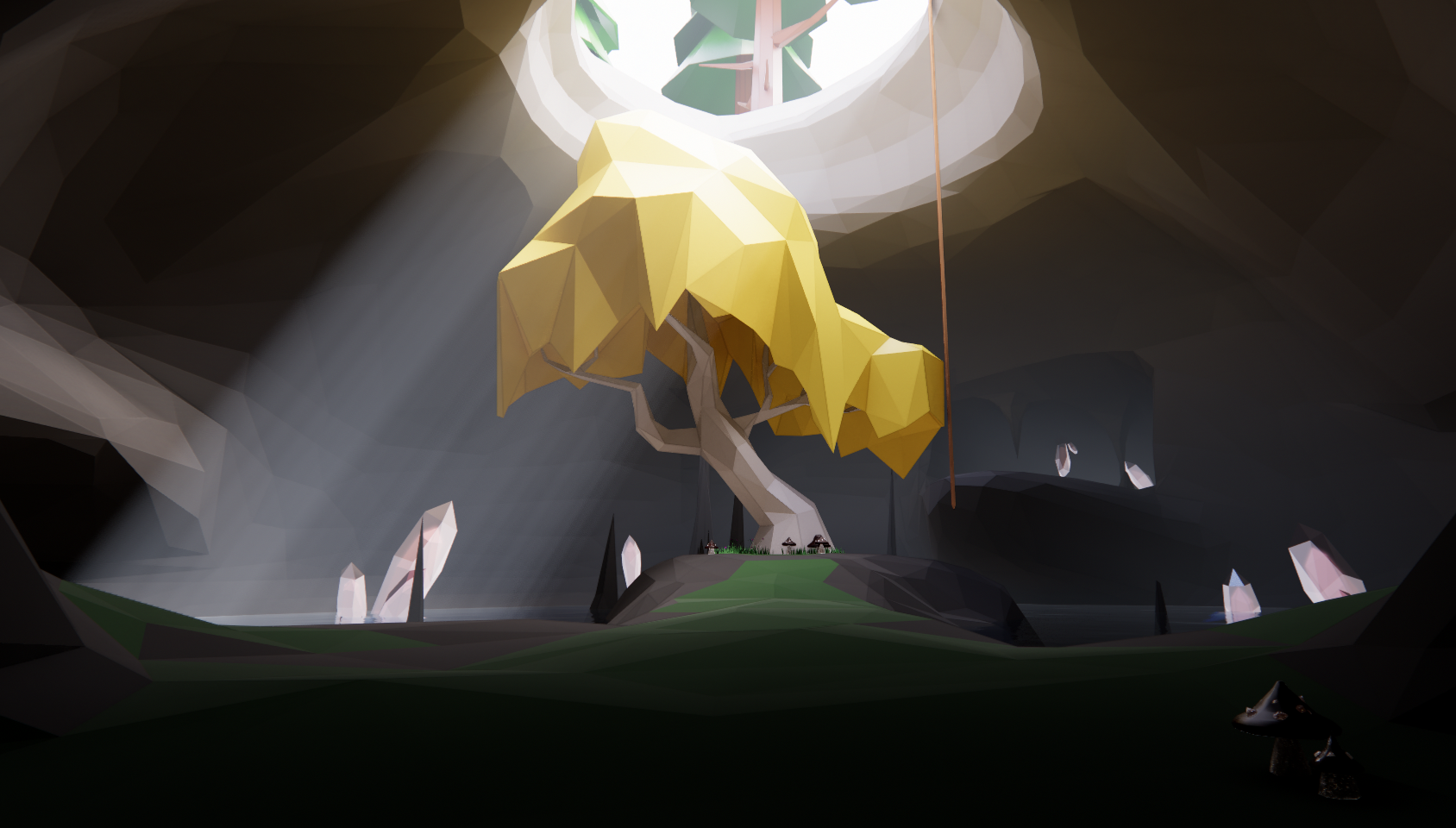Enhancing Grass Rendering with RGBA
In this blog post we dive into the world of digital design and virtual environments, looking to create realistic and optimized grass, which can significantly enhance the visual appeal of scenes. One powerful technique for achieving lifelike grass is by leveraging RGBA textures. In this post, we'll delve into the process of using the alpha channel of RGBA textures to create a transparent mask for grass, optimizing materials for foliage, and incorporating normal maps for dynamic lighting effects.
Alpha Transparency Breakdown
In this post we begin to look at optimization and explore one of the many methods of optimization for geometry, materials and shaders, all of which boil down to one simple word: Complexity. It is important to view complexity as a balancing act. We can offload some complexity in areas by making other things more complicated - as backwards as that sounds. An example of this that we’ll be using throughout this post is Alpha Masking. This means we aren’t adjusting the RGB values, but the Alpha which is used as a transparency channel. For simplicity's sake we’ll be calling this a cutout mask for this blog post.
Enhancing Revit by using Enscape’s Custom Assets as a bridge to and from Blender (and many other modeling programs)
In our first of many posts to come we start with Revit's Topography tools simply not cutting it when it came to the depth and breadth of storytelling we were attempting. We needed a way to show worn out and bumpy paths with loads of personality and background while setting a rocky cliff in the background to juxtapose scale and harshness. Enter Enscape and Custom Assets.



